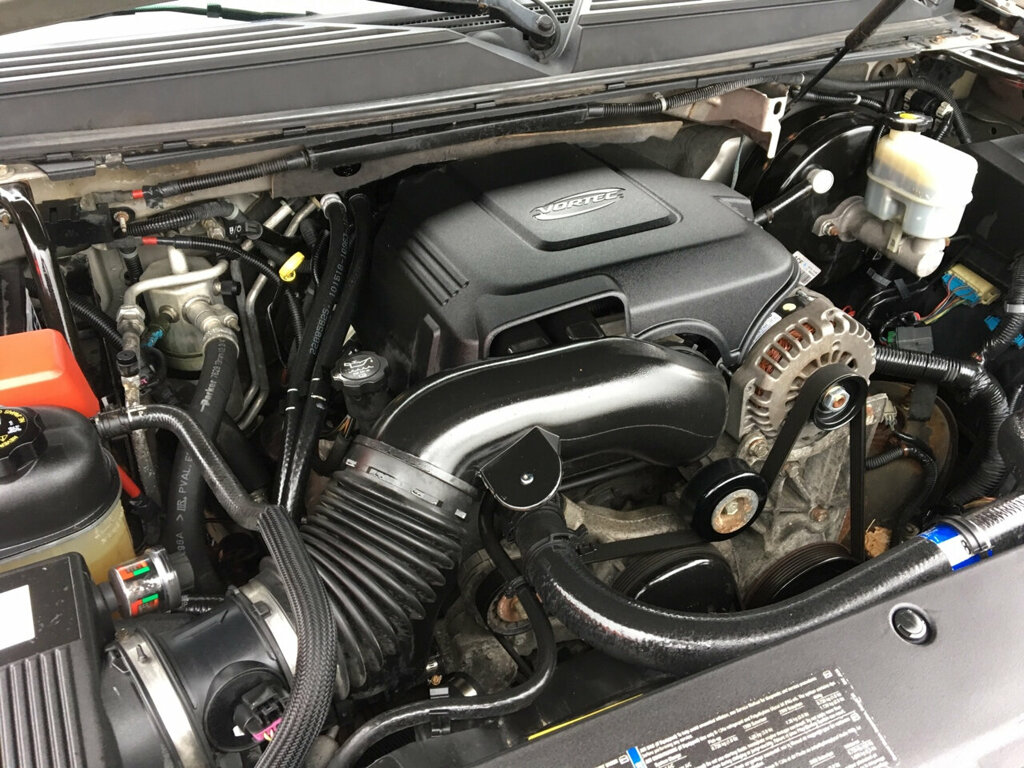High-Performance Used Engines for Sale: Get More Power for Much less
High-Performance Used Engines for Sale: Get More Power for Much less
Blog Article
Vital Factors To Consider for Ensuring High Quality and Longevity being used Engines
When considering the acquisition of a used engine, guaranteeing its high quality and durability requires a complex technique. Upkeep background is a pivotal factor, as it provides insight right into the engine's past care and possible future dependability. Beyond paperwork, a thorough examination of physical elements-- such as belts, tubes, and seals-- can expose hidden concerns. Performance testing is likewise critical, supplying a picture of the engine's operational performance. Nonetheless, recognizing the subtleties of these analyses and their effects can be intricate. What are the key approaches that can be employed to navigate this complex examination process successfully?
Engine Background Analysis
In the world of made use of engines, a complete engine background assessment is critical to making sure quality and dependability. Comprehending an engine's past can give critical understandings into its performance capabilities and prospective future longevity.
Engines that have actually undergone substantial repair work may have underlying issues that could resurface. Analyzing the engine's mileage can offer as a sign of wear and tear. An engine utilized primarily for long-distance freeway driving may be in much better condition than one subjected to regular stop-and-go city website traffic.
Essentially, an exhaustive investigation right into an engine's history is necessary for making informed getting decisions. used engines for sale.
Comprehensive Examination Overview
While comprehending an engine's history supplies valuable context, an extensive examination is the next action to ensure its present problem lines up with historical data. The assessment needs to start with a visual evaluation, looking for indications of leakages, rust, and uncommon wear. Check the outside for oil spots or coolant marks, which may show underlying problems.
Next, evaluate the engine's placing system for any kind of loose bolts or abnormalities that can affect efficiency. Pay very close attention to the problem of belts and hose pipes, as these components are critical for optimal engine capability. Analyze for cracks, fraying, or any indications of deterioration.

Recognizing Wear and Tear
Identifying indications of wear and tear is essential for analyzing an utilized engine's long life and dependability. It includes a careful examination of numerous engine parts to establish their current state and prospective future efficiency. Typical indications include noticeable corrosion, which can influence steel components and endanger structural stability. Rust on or around the engine block, cyndrical tube heads, and exhaust manifolds is particularly worrying.
An additional crucial aspect is evaluating the engine's seals and gaskets. These elements are vital for keeping appropriate stress and protecting against fluid leakages. Evidence of oil leakages or worn gaskets usually recommends deterioration, potentially bring about more serious issues if not moved here dealt with promptly. Furthermore, abnormal noises during engine procedure, such as knocking or ticking sounds, might indicate internal damage or excessive wear on relocating components like pistons or bearings.
The condition of belts and pipes is just as important, as they play an important my sources function in the engine's total function. Broken or torn belts and breakable tubes are signs of maturing that can result in engine failing if neglected. Last but not least, analyzing the oil condition and filter can supply insights right into previous upkeep practices, as dirty oil or blocked filters suggest forget and accelerated wear.
Performance Testing Fundamentals
Evaluating the damage of engine elements sets the stage for a thorough evaluation via efficiency testing. Efficiency screening offers as a vital measure in determining the operational honesty of an utilized engine. By mimicing real-world problems, it evaluates the engine's capacity to provide power effectively and reliably. Key metrics consist of horse power, torque, gas efficiency, and exhausts levels. This data provides valuable understandings into the engine's existing efficiency and assists identify prospective concerns that might not be promptly noticeable.
Making use of dynamometers is a common method in performance screening. These devices determine the engine's outcome across different conditions, using an in-depth profile of its capability. Additionally, on-road screening complements dynamometer evaluations by observing engine actions under normal driving circumstances, ensuring it meets the required criteria for both safety and security and effectiveness.
Advanced diagnostic tools even more enhance the capability to pinpoint underlying issues. These devices assess engine monitoring systems, identifying faults in electronic elements that could impact performance. Comprehensive testing not only confirms the engine's operational status but also aids in forecasting future upkeep needs. This makes sure the utilized engine can deliver trustworthy performance over a prolonged duration, hence maximizing its worth and life span.
Maintenance and Treatment Tips
Proper upkeep and care are vital to prolonging the lifespan of a used engine and ensuring its constant performance. Regular oil changes are vital; using the supplier's suggested oil type and quality can protect against extreme deterioration. Additionally, oil filters need to be replaced concurrently to keep optimum lubrication and sanitation within the engine.
Keeping an eye on fluid levels, including coolant, transmission liquid, and brake fluid, is important. Making certain these click for source fluids are at suitable levels assists avoid getting too hot and various other mechanical problems. Evaluating belts and pipes for indicators of wear, such as splits or fraying, can prevent potential failings that might cause pricey repair services.
Regular examination of the air filter is likewise necessary, as a tidy filter guarantees reliable airflow and burning, consequently maximizing engine performance. Ignition system need to be inspected and replaced when required to keep effective gas combustion and stop engine misfires.
Lastly, regular diagnostic checks using professional tools can recognize possible problems prior to they become substantial troubles. By sticking to these upkeep and care suggestions, used engine proprietors can guarantee their engines remain reputable, efficient, and with the ability of carrying out well over a prolonged period.
Final Thought

Report this page